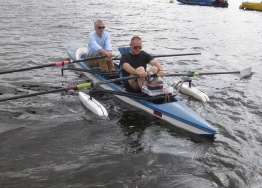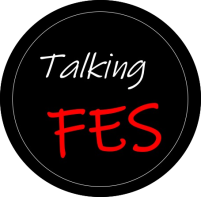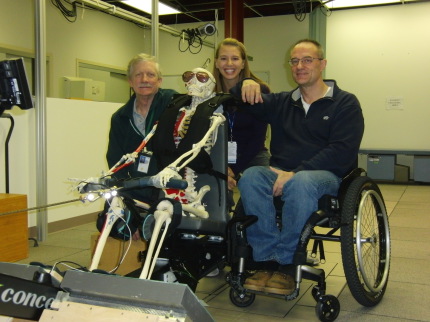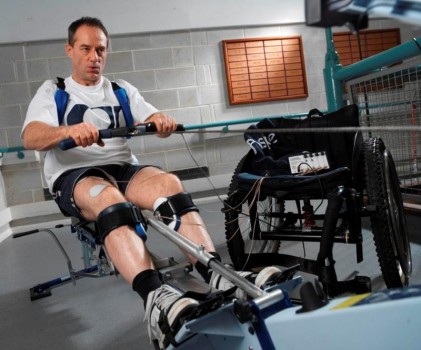Musculoskeletal Interventions
This section presents the most recent scientific studies that have primarily used an FES intervention to mitigate loss of bone following SCI.
The articles are presented under the year of publication, newest first in descending date order. Each post includes the study title, contributing authors, the journal the article was published in, and a précis of the study or review findings.
2020: Bone changes in the lower limbs from participation in an FES rowing exercise program implemented within two years after traumatic spinal cord injury
Rebecca L. Lambach, Nicloe E. Stafford, Julie A. Kolesar, B. Jenny Kirtatie, Graham H. Crteasey, Robin S. Gibbons, Brian J. Andrews & Gary S. Beaupre (2020). Bone changes in the lower limbs from participation in an FES rowing exercise program implemented within two years after traumatic spinal cord injury. The Journal of Spinal Cord Medicine, 43:3, 306-314.
Left to right, Dr Gary Beaupre, Dr Rebecca Lambach, Dr Robin Gibbons
Objective of this study was to determine the effect of a functional electrical stimulation (FES) rowing program on bone mineral density (BMD) when implemented within two years after SCI. The participants compriosed four adults with recent (<2 years) traumatic, motor complete SCI (C7-T12 AIS A-B). The intervention comprised 90 30-minute FES rowing training sessions.
BMD in the distal femur and tibia were measured using peripheral Quantitative Computed Tomography (pQCT) at enrollment (T0) and after 30 (T1), 60 (T2), and 90 (T3) sessions. Bone stimulus was calculated for each rower at each time point using the average number of weekly loading cycles, peak foot reaction force, and bone mineral content from the previous time point. A regression analysis was used to determine the relationship between calculated bone stimulus and change in femoral trabecular BMD between time points.
Trabecular BMD in the femur and tibia decreased for all participants in T0-1, but the rate of loss slowed or reversed between T1-2, with little-to-no bone loss for most participants during T2-3. The calculated bone stimulus was significantly correlated with change in femoral trabecular BMD (P = 0.016; R2 = 0.458).
The study concluded that consistent participation in an FES rowing program provides sufficient forces and loading cycles to reduce or reverse expected bone loss at the distal femur and tibia, at least temporarily, in some individuals within two years after SCI.
2014: Can FES-rowing mediate bone mineral density in SCI: a pilot study
Gibbons RS, McCarthy ID, Gall A, Stock CG, Shippen J, Andrews BJ (2014). Can FES-rowing mediate bone mineral density in SCI: a pilot study. Spinal Cord 2014 Dec; 52: S4-S5.
Male with a T4 SCI, during a 30-min FES rowing training session
Study Findings
This single case study preceded a 6-month repeated measures study. The study was designed to investigate the effect a structured FES rowing training programme had on mediating bone loss following spinal cord injury (SCI). Compared to previously reported FES untrained patients (see McCarthy et al, 2012), the proximal tibial trabecular bone mineral density (BMD) of the highly-trained FES rower was greater, and importantly, above the threshold associated with fragility fractures following chronic SCI. In addition, the knee joint contact forces were above the threshold known to mediate BMD following SCI. Whilst the study concluded that structured FES rowing training may provide therapeutic benefit, further investigations are required with larger numbers and additional channels of FES to increase loading at the hip and ankle.
Return to Scientific Articles







